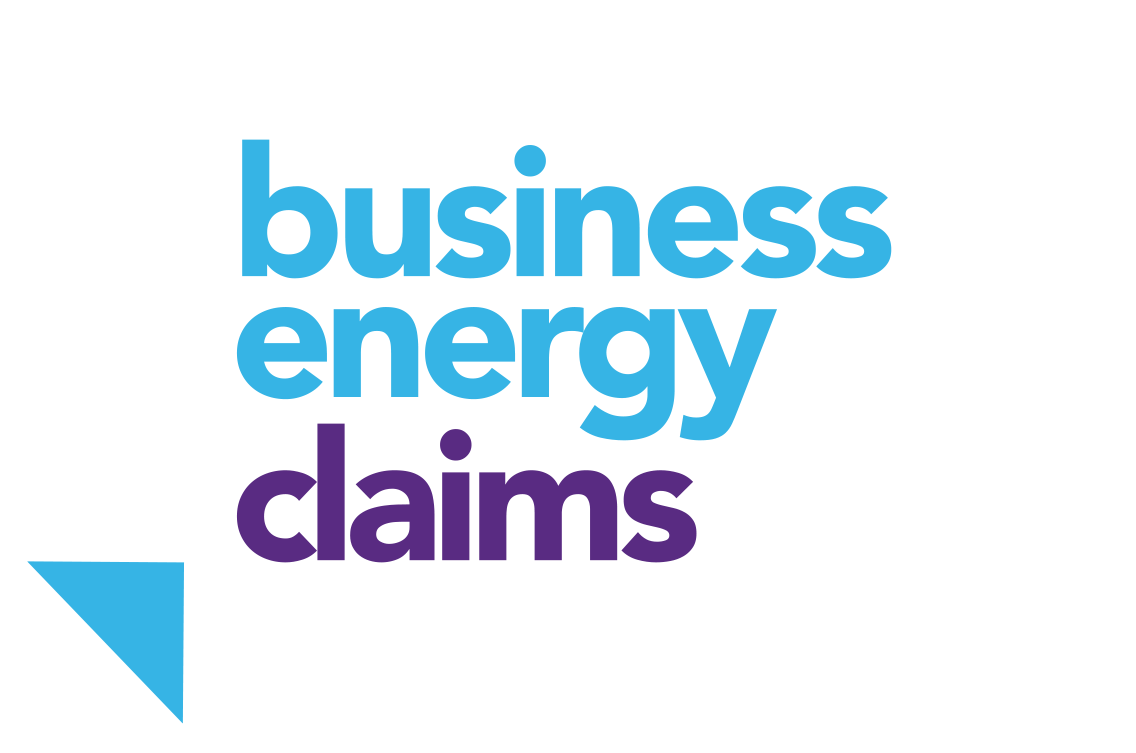As the leaves begin to turn, so do the energy bills. This autumn, UK businesses are facing yet another shift in the energy landscape.
Ofgem has confirmed a 2% rise in the energy price cap, pushing the average annual household bill to £1,755 from October to December 2025. While this figure targets domestic consumers, the ripple effects on business energy costs are real and potentially costly.
What’s Driving the Increase?
The rise is attributed to several factors:
- Expanded Warm Home Discount (WHD): Now covering an additional 2.7 million households, this support is funded through energy bills.
- Electricity balancing costs: These have added approximately £1.23/month to household bills, reflecting the cost of maintaining grid stability.
- Network and policy costs: Infrastructure upgrades and policy-driven charges are contributing to the increase, with standing charges for electricity and gas respectively rising by 4% and 14%.
Why Businesses Should Pay Attention
Although the domestic price cap doesn’t directly apply to commercial contracts, it sets the tone for market expectations. Business energy tariffs are often negotiated based on wholesale trends, and the same pressures on policy costs, infrastructure investment and geopolitical instability affect both sectors.
Moreover, many businesses have unknowingly paid inflated rates due to hidden broker commissions or poorly structured contracts. With energy debt across UK households now exceeding £4 billion, the commercial sector is not immune to financial strain.
Business Energy Insights
Here’s how your business can stay ahead of the curve:
Audit Your Energy Contracts
Many businesses are unaware they may have been mis-sold energy contracts. If your broker failed to disclose hidden commissions, you could be entitled to a financial claim. This is where we come in; Business Energy Claims specialises in identifying these hidden costs and helping companies recover what they’re owed.
Review Tariff Structures
Fixed-rate tariffs can offer price stability, but they’re not always the most cost-effective choice. It’s worth exploring whether a flexible or tracker tariff might better suit your business’s energy usage patterns and financial goals.
Explore Energy Efficiency Upgrades
Reducing consumption is the most direct way to cut costs. From LED lighting to smart meters and thermostats, small changes can lead to big savings.
Switch Payment Methods
Ofgem estimates that switching from standard credit to Direct Debit could save businesses and households over £135/year. Ensure your payment method is optimised for cost-efficiency.
What’s Next for Business Energy?
The government’s long-term strategy includes a £24 billion investment in grid infrastructure and clean energy projects. While this promises future stability, businesses must navigate the current volatility with care.
The expansion of the WHD and upcoming Debt Relief Scheme are positive steps, but they also signal a shift in how costs are distributed, often landing on the shoulders of commercial energy users.
The Autumn 2025 price cap rise may seem modest, but its implications for UK businesses are anything but.
From rising operational costs to the time sensitive opportunity for claims against mis-selling, now’s the time to act.
At Business Energy Claims, we’re here to help you navigate the complexities of the energy market, uncover hidden costs and secure the compensation your business deserves.
Ready to take control of your energy costs?
Let us review your contract and uncover any hidden costs or claims you may be entitled to.
